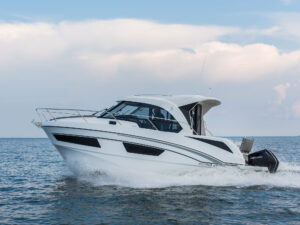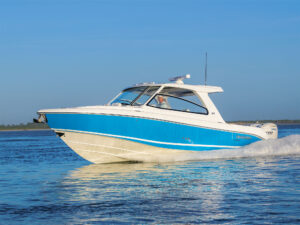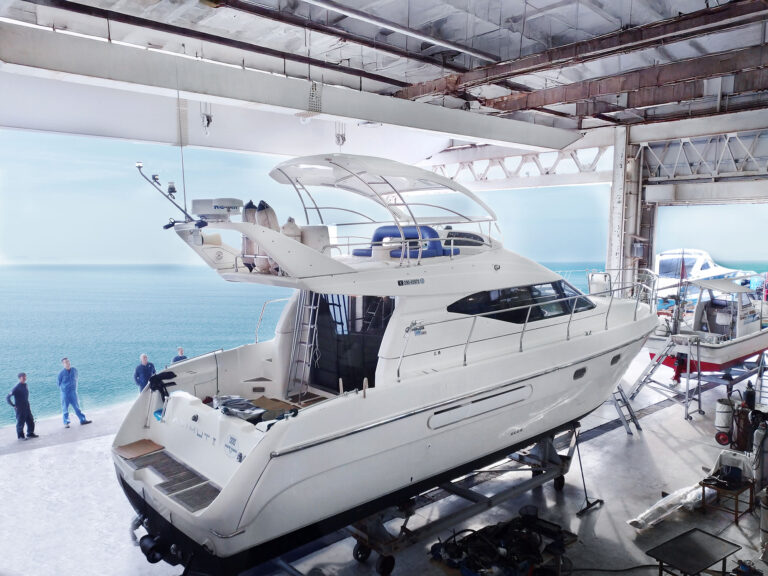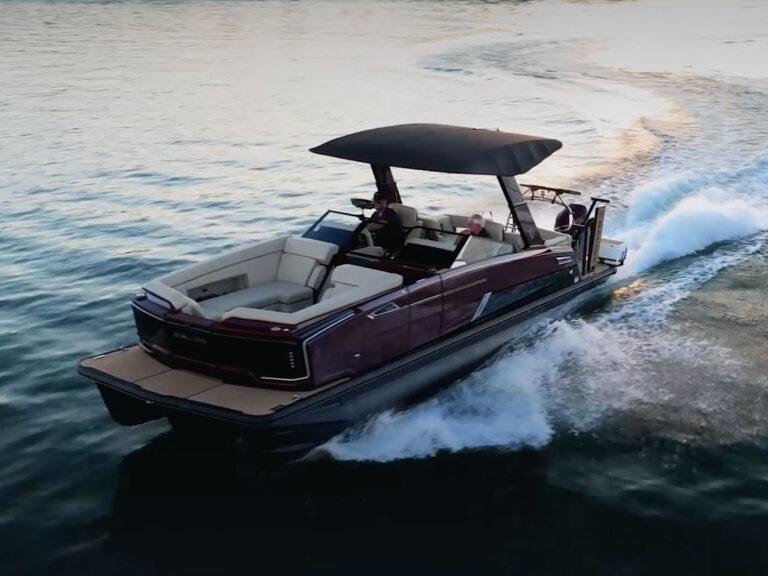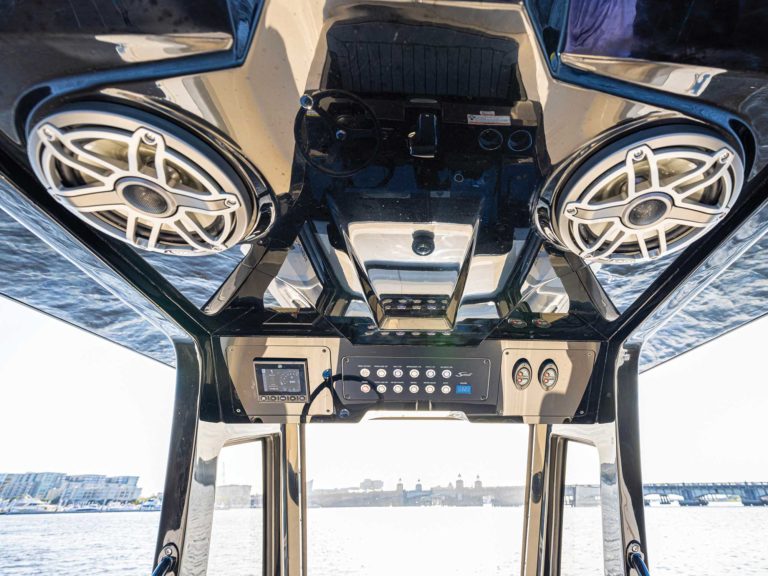
Today, three marine lead-acid battery technologies dominate boating: flooded cell, absorbed glass mat (AGM) and gel. Here are the pluses and minuses of each lead-acid technology.
AGM
Positive: AGM marine battery designs are sealed to eliminate acid spills, which allows them to be installed on their sides in tight installations. AGMs charge more quickly, have a lower discharge rate, and offer a greater number of charging cycles. They last longer than flooded-cell batteries, and are available in starting, deep-cycle and dual-purpose models.
Negative: AGM batteries are priced higher than flooded-cell batteries. For the same physical size, they offer less amp-hours than flooded-cell batteries.
Price: Varies depending on size and function (e.g., deep cycle vs. starting vs. dual purpose). The 27 series starts at about $180. basspro.com
Flooded Cell
Positive: Marine flooded-cell batteries are the most affordable and common type of marine battery in use among boaters today. Newer models come in low-maintenance sealed-cell designs that minimize gassing and the need to add water. Flooded cells are available in starting, deep-cycle and dual-purpose models.
Negative: These types of batteries don’t last as long. Unsealed models require additional distilled water periodically, and acid can spill out if the battery is not upright.
Price: Varies depending on size and function (e.g., deep cycle vs. starting vs. dual purpose). The 27 series starts at about $89. basspro.com
Read Next: What to Look for in a Marine Battery
Gel
Positive: Gel batteries possess low discharge rates and tolerate long periods without a charge. They last longer and offer a higher number of discharge cycles than flooded-cell batteries. Gel batteries can be installed on their sides in hard-to-reach areas, and the gel design is less prone to damage from pounding or vibration.
Negative: Gel batteries are reserved largely for deep-cycle applications and might require a specific charge profile from a battery charger. They are not suitable for starting applications and are the most expensive of all marine lead-acid battery types.
Price: Varies depending on size and function. The 27 series starts at about $380. amazon.com

